The main types of bacteria living in the soil and their names
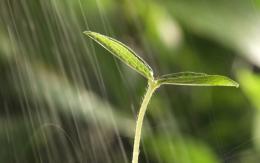
Bacteria are an integral part of the soil, and to be precise, its fertile layer - humus. They appeared in the ground a very long time ago - even when plants and animals first began to climb to the surface of the earth and leave traces of their vital activity there. This was the home of the first soil bacteria.
Thus, bacteria and microorganisms live in soil and until today, gradually adapting to constantly changing environmental conditions. We will discuss in the article exactly which bacteria live in the soil and help fermentation and rotting occur.
Content:
- Main types of bacteria
- Why are destructors needed?
- What are nitrogen-fixing bacteria
- The importance of chemolithopeat
Main types of bacteria
In microbiology there is a certain classification of microbes that live in the soil. This is due to the function they perform. Let's look at the main types.
Destructors are bacteria that live in the soil. Their main goal is to decompose organic compounds that have entered it, especially in the top layer. Thus, the task of destructors is to transform the remains of vital activity left by animals or plants into inorganic compounds. Nodule bacteria are also called nitrogen-fixing bacteria.
Only with the help of nitrogen that enters the soil can plants absorb it.Thus, this type of plant helps to enrich the mineral composition of the plants that are on your site.
Chemoautotrophs are another important type of bacteria that are found in soil. These bacteria collect inorganic compounds and convert them into organic matter, using the energy that comes from the bacterium itself. Chemoautotrophs belong to the section of autotrophs, the main purpose of which is to accumulate inorganic substances around themselves and help in their absorption by plants.
In addition to these most famous bacteria, there are many others. But they do not play such an important role in relation to the processes that occur in the soil daily, which are important for the normal growth and development of plants.
Why are destructors needed?
Destructors include a huge colony of bacteria that constantly lives in the soil. This includes both bacteria that breathe oxygen and those that feed through other processes. The main condition by which decomposers are classified is the ability to decompose organic compounds.
Therefore, this includes not only bacteria, but also beetles, ants and termites. They are the ones who decompose large accumulations of organic matter into smaller ones, with which bacteria of this genus already work. Representatives of destructors can be located both in the root region and in deeper balls soil, where oxygen does not reach at all.
What are nitrogen-fixing bacteria
One of the groups most often found in soil is nitrogen-fixing, or nodule, bacteria. It is with their help that you can saturate the soil with nitrogen as quickly as possible, which will have a positive effect on the yield of this area.The main representatives of the group are Rhizobium, but there are many more similar bacteria that are often used by farmers and gardeners.
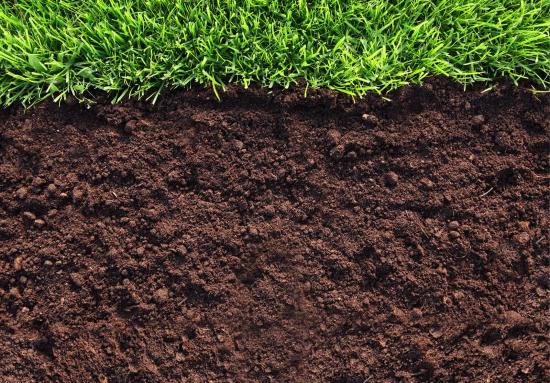
The essence of the action of nitrogen-fixing bacteria is that they form root system plants are a small growth through which nutrients, nitrogen and converted ammonia are perfectly absorbed and assimilated. In return, the bacterium receives constant nourishment, which helps it successfully continue its life activity.
Also, bacteria of this type carry out symbiosis with plants of a certain area, as a result of which anaerobic conditions are created. And this is another task of nitrogen-fixing bacteria.
The importance of chemolithopeat
Chemolithotorphs are a class of bacteria that is unique and unique. Only they have the ability to process non-organic substances, turning them into organic matter. Their importance is very difficult to overestimate, since these bacteria are simply not replaceable, and if they stop performing their function, then no other bacteria will cope with their role.
Video about beneficial bacteria found in soil:
Today, several varieties of these bacteria are distinguished:
- Nitrifying agents - the main purpose of which is to include nitrogen in the organic compounds of plants. Sulfur oxidizers - incorporate inorganic sulfur into organic compounds.
- Iron bacteria are characteristic only of soil with high acidity. They incorporate iron into organic compounds. Hydrogen and carboxydobacteria - convert hydrogen and carbon dioxide.
The pathogenicity of this group of bacteria is that they promote decay processes. By themselves they do not have pathogenic varieties. The group also does not use it as food. organic connections.A large number of bacteria and microorganisms live in the soil, which have already become their irreplaceable components. All of them are important for plants to grow quickly, while receiving all the necessary substances.
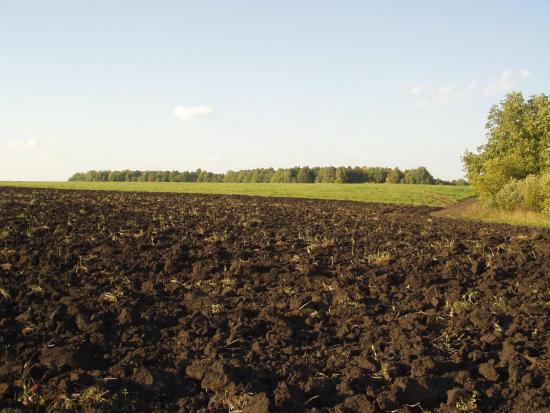

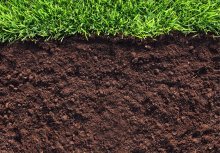

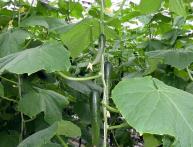




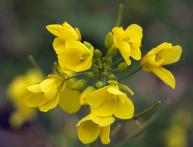
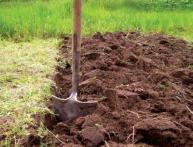
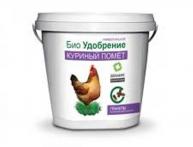
Comments
I didn’t think that bacteria living in the soil were so important for plant growth. How then to spray garden crops with herbicides or the soil with manganese, because this can kill bacteria and the plants will grow poorly.